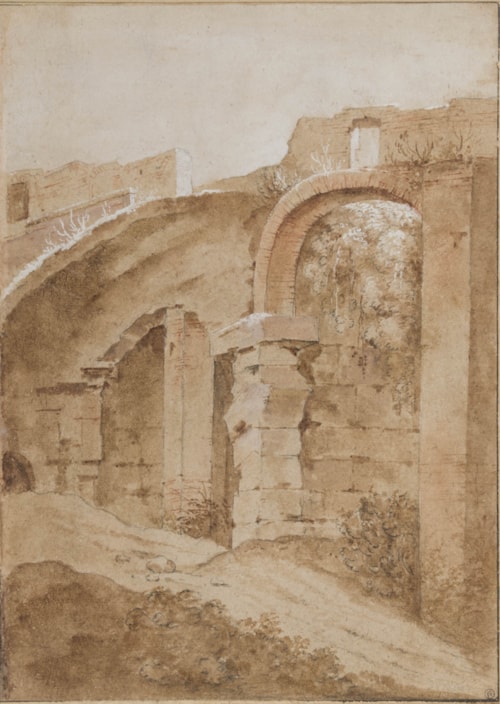
Etienne JEAURAT
Vermenton 1699 - Versailles 1789
Biography
The 18th century French painter Etienne Jeaurat was orphaned at an early age, and was trained as an artist by Nicolas Vlueghels, who took the young Jeaurat with him to Italy when he was appointed director of the Académie de France in Rome in 1724. On his return to Paris, Jeaurat began to establish a reputation as a painter of historical and mythological themes, portraits and still life compositions, as well as a series of paintings of scenes from the fables of Jean de La Fontaine. He became best known, however, as a painter of genre subjects, which often focussed on the street life of Paris, domestic interiors and the lower classes of urban society. Agrée at the Académie Royale in 1731 and reçu in 1733 as a history painter, with a painting of Pyramus and Thisbe, three years later, Jeaurat maintained a lifelong association with the Academy; he was appointed a professor there in 1737, rector in 1765 and chancellor in 1781.
Jeaurat exhibited for the first time at the Salon in 1737, where he continued to show regularly until 1769. Among his patrons was Louis XV, who commissioned a series of paintings of mythological subjects in the 1740s. Unlike the much younger Jean-Baptiste Greuze, Jeaurat was as highly regarded as a history painter as he was for his genre pictures, and in 1747 he was one of ten Academicians selected for a competition devoted to history painting. (His concours painting of Diogenes Drinking from his Hand after Breaking his Cup was displayed in the Cour d’Apollon of the Louvre and is now at Fontainebleau.) Many of Jeaurat’s paintings were reproduced in the form of popular engravings, while he also designed tapestries for the Gobelins manufactory. He received several honours during his long career, and in 1767 was appointed garde des tableaux du Roi, or keeper of the Royal collection of paintings, at Versailles.


